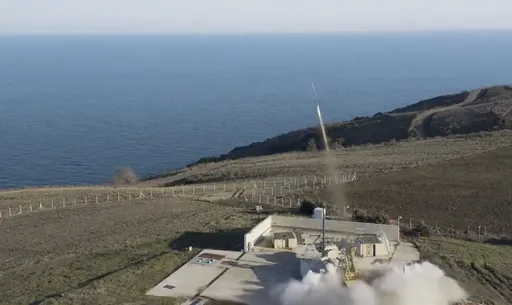Roti, kulcha, aish baladi. These are all different names for the humble flatbread, widely consumed by Muslims around the world.
For many people who have grown up on this wheaty diet, there’s no imagining the upcoming fasting month of Ramadan without it.
“We have aish with everything—soups, gravy—you name it. It’s there for breakfast, lunch and dinner,” says a young Egyptian, who lives between Cairo and London.
This Ramadan, which starts in the first week of April, was supposed to be a happy one. After two years of pandemic-related restrictions, many faithfuls were looking forward to visiting mosques, shopping for new clothes and eating out with family and friends at late-night hangouts.
But a wave of inflation, heightened by Russia’s attack on Ukraine, has jacked up the prices of goods across the board, including wheat, a staple food for hundreds of millions of people.
“I want to be honest with our citizens; the present crisis is worse than that of the coronavirus,” Egypt’s Prime Minister Mustafa Madbouly said in recent comments.
Egypt is the world’s top wheat buyer. More than two-thirds of its demand is met with imports from Russia and Ukraine—the two neighbours embroiled in a deadly conflict since February 24.
Russia and Ukraine account for 30 percent of the global wheat supply. With ports shut and Kiev holding on to its cereal stocks for domestic consumption, not enough wheat is available on the international market.
Despite the strain on their budgets, successive Egyptian governments have subsidised bread because any increase in its price can easily turn into a rallying cry on the streets. This year as well, Cairo has set aside $4.7 billion for food subsidies, more than half of which will go to subsidising bread.
And it’s not wheat alone that has become expensive due to supply disruptions. Blessed with large swaths of fertile soil called “chernozem”, Ukraine is a major producer of other cereals and the largest exporter of sunflower oil.
In March, Iraq saw protests over inflation, especially after a 50 percent rise in the price of cooking oil.
“The conflict has exposed the whole world to a shortage of grains, especially wheat. Coupled with this is the shortage of fertiliser, which has also seen its price go up,” says Saad Bin Ahmed, managing director of KASB Securities, a Karachi-based brokerage firm.
Global food prices are at their highest since 1974 when adjusted for inflation, says the Food and Agricultural Organisation.
In Morocco, anger soared after a surge in the price of tomatoes. Moroccans use tomatoes, chickpeas and lentils to make harira, a soup widely used to break the fast. Rabat has stopped tomato exports to keep a lid on prices.
Food inflation is a particular worry for low-income countries where most of the household income is spent on food, experts say.
There are fears that a prolonged conflict could also disrupt the supply of fertiliser, a key agricultural input, says Ahmed.
“Another important aspect is the non-availability of natural gas, including liquified natural gas, at reasonable rates. This has caused havoc for fertiliser manufacturers and complicates the food supply situation in the future.”
Russia is the world's top export of gas, a key ingredient used in manufacturing fertiliser.
“Global inflation is back with a vengeance after an absence of at least two decades. This is starting to feel like an inflation regime change moment,” says Brian Coulton, Chief Economist, Fitch Ratings.
Inflation was already causing a headache for policymakers in both advanced economies and developing countries, even before Russian troops crossed over into Ukraine.
Prices in the US are at a 30-year high. The UK is also seeing an inflation rate that it hadn’t witnessed in 40 years. The European Union reported the highest inflation on record. Germany, Europe’s economic powerhouse, saw the sharpest price hike since the 1990s.
It’s not just the rich countries feeling the inflationary pinch. Developing countries have also taken a hit.
A recent experts’ assessment said 78 of the 109 emerging markets and developing economies had witnessed inflation at more than five percent.
The countries which depend on energy imports and have weak US dollar reserves can be particularly vulnerable to oil price shock. By January 2022, oil prices were already up 77 percent from the December 2020 level.
The supply chain disruptions caused by the emergence of various strains of Covid-19 have added to the inflationary pressure, says Andrea Rebora, who has studied supply chains.
“Inflation was already up, and the current Ukraine situation doesn’t help at all,” he tells TRT World.
























